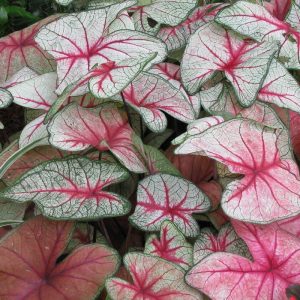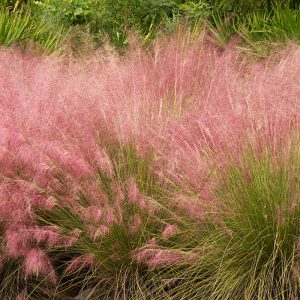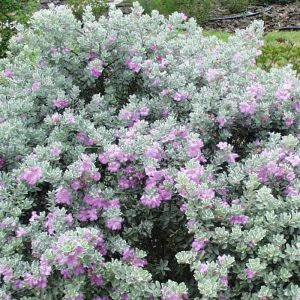Perennials and Annuals

The long hot summer is hard on any plant- especially perennials. Trim your worn out perennials back to a branch or bud or even closer to the ground if needed. Planting cool season annuals around your perennials will keep your beds looking colorful when the cold temperatures knock back your perennials.
Divide and replant perennials and bulbs that have grown too large or need rejuvenation.
Some perennials may be starting to decline (such as Caladium for example). This is normal. Even if foliage is declining the plant will return next spring.
Mums will be making an appearance in the next month or so as well. They are a great perennial for the fall- blooming all fall and after trimming spent flowers- they continue to thrive through the winter and bloom again in the spring. However, mums do not like the heat and will tend to open quickly in the fall and then you may be disappointed later on in November when they are spent. Wait as long as possible if you really want flowers later.
Cool season annuals to look for include: Alyssum, Dianthus, Dusty Miller, Geraniums, Snapdragons, Petunias, Lobelia & Violas. Pansies will appear later into the fall.
Fall Blooming
What are some of the prettiest plants for fall and winter blooms? *Native Muhly grass will begin blooming with pink plumes by the end of the month.

Cassia begins blooming in October with bright yellow flowers that persist through to Christmas. Sasanqua Camellias are in full bud now and will bloom in October through to about December while Japonica Camellias will bloom a little later in December to March.
Drift and Knock Out Roses come out of their summer doldrums and shine in the fall and winter with an abundance of flowers. If you already have roses that are looking a little tired and leggy- trim them back to 12 inches above the ground and fertilize. They will respond beautifully.
*See more information on these plants in our Plant Profile section.
Attracting Pollinators

If you wish to attract pollinators to your garden then consider planting flowering plants and trees that have nutrient rich nectar and pollen. Even a small corner filled with nectar rich flowers such as Salvia, Coreopsis, Porter Weed, Texas Sage, Pentas or Firebush will bring in pollinators. This will bring in butterflies, hummingbirds, and the all-important bees. Attract birds by planting dense shrubs for nesting and may provide berries for food. Provide clean water in shallow birdbaths for birds or fill a shallow bird bath with gravel and water for butterflies. Dump these containers and refill frequently to reduce mosquito larvae though.